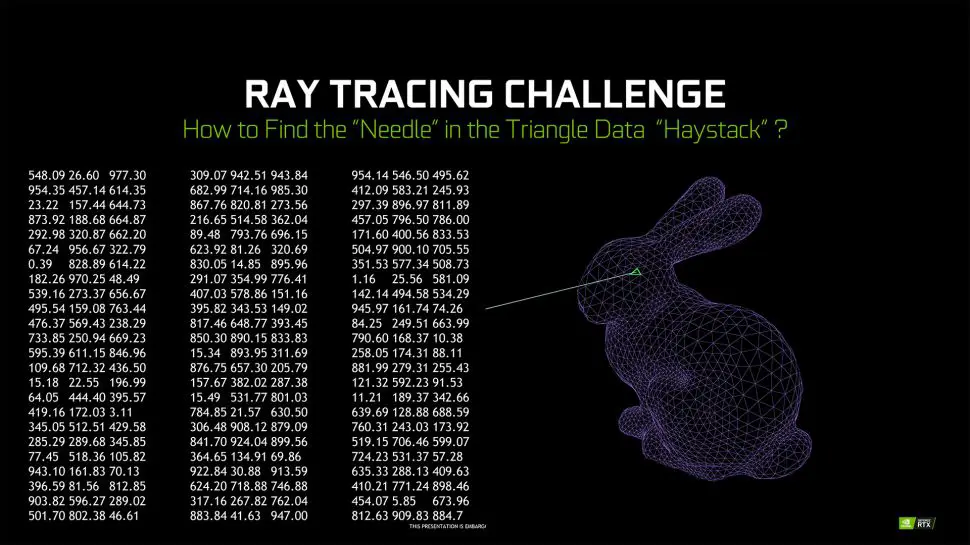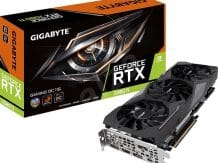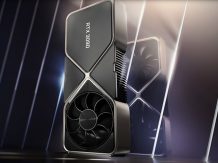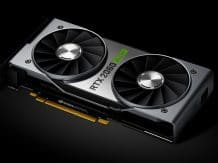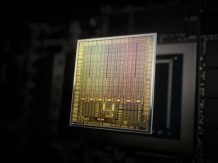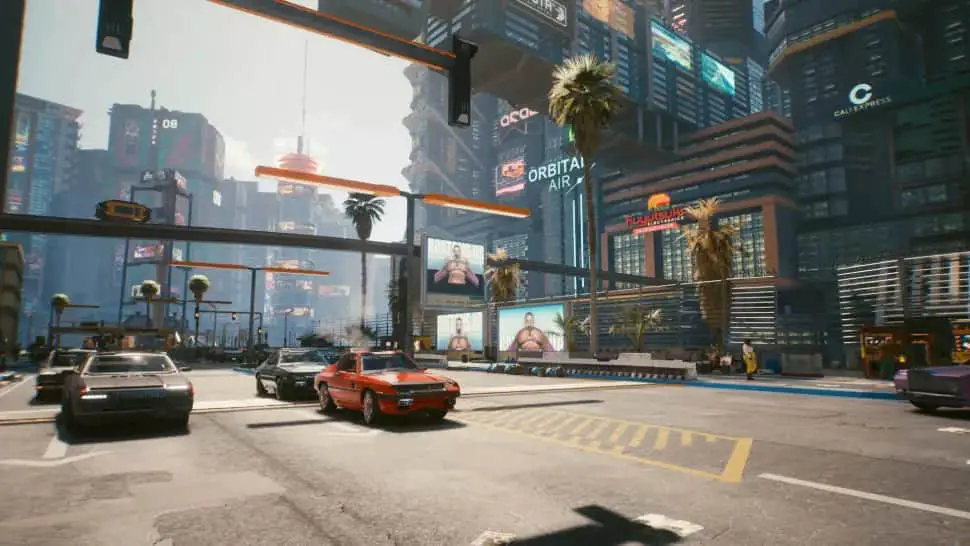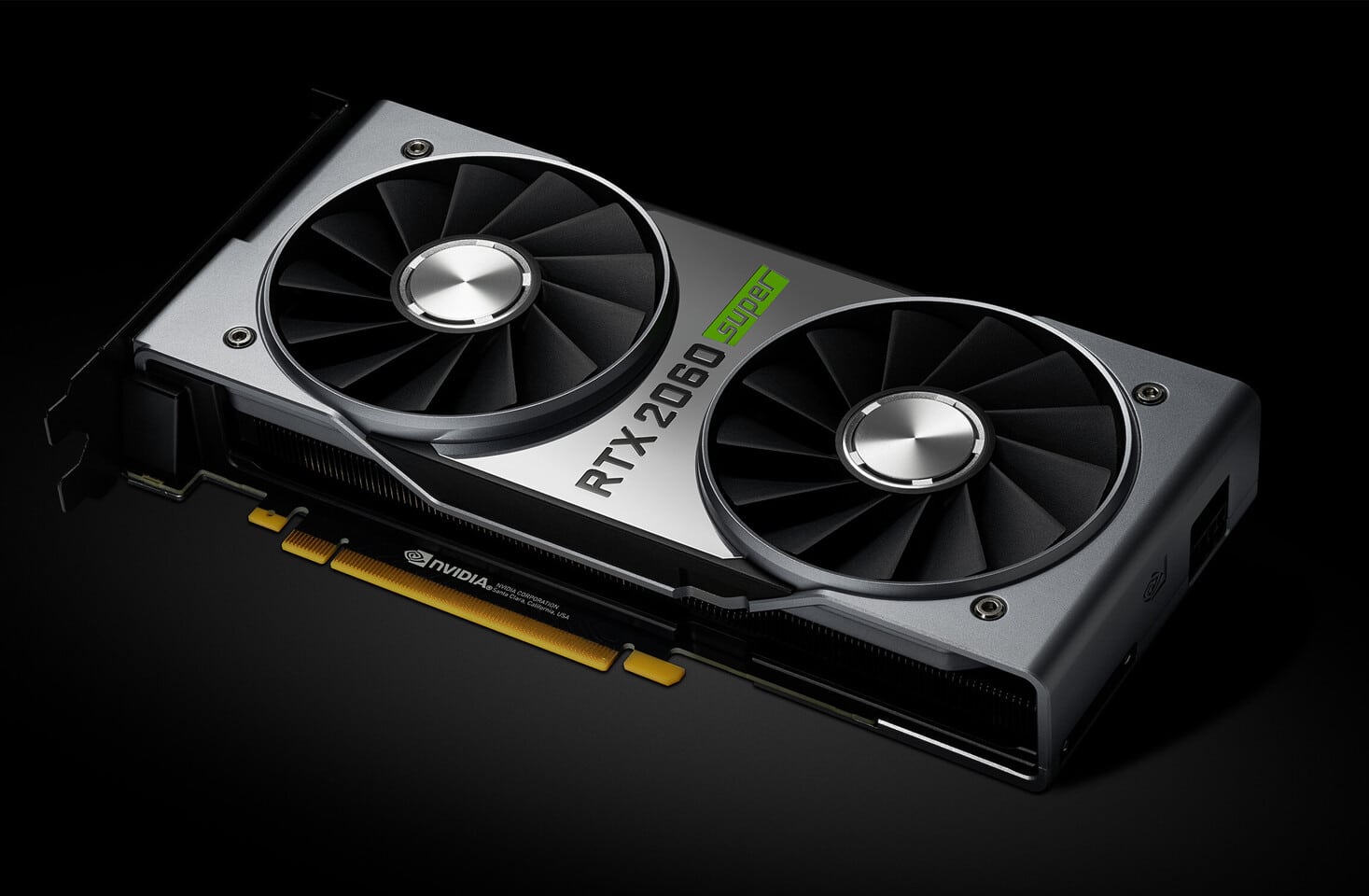Nvidia RTX 2080 and RTX 2080 Ti: What You Need to Know?
–
Earlier this month, Nvidia announced an impressive series of new Turing-based GeForce graphics cards in the RTX 2080 Ti, RTX 2080 and RTX 2070 format.And while we got some specs and even spent a little time with the RTX 2080 Ti, we didn’t know much about the next graphics card. generations – until now.
Nvidia finally lets us tell pretty much everything behind the new architecture, including information on how Tensor and RTX cores will work with CUDA cores, a little bit about new shading methods, a new version of supersampling, and a new NV Link for SLI technology with multiple video cards.
We will not fully understand what Turing means, for this you can visit more specialized sites. Instead, we’re going to focus on the 9 most important game-changing things.
We look forward to receiving new Intel Coffee Lake Refresh processors soon.
1 | SECRET NVIDIA RTX – SEPARATION
Where else we could start besides the caption Turing function, ray tracing is a surface rendering process that is designed to mimic real-world lighting. A ray of light can hit an object to illuminate it and other objects around it, ray tracing detects this phenomenon in a digital environment to create more realistic and complex lighting.
Back in 1979, it took at least an hour to mirror a projected 512 x 512 pixel image, and now we can do ray tracing in real time. To achieve this goal, Nvidia RTX simplifies the math.
Take a look at this rabbit above and see how it is assembled from a seemingly endless number of triangles. Well, ray tracing requires calculating how light hits and responds to each of these triangles, which requires a ton of computation that even in the world’s strongest graphics card isn’t available to everyone – and that’s just one object in the digital environment.
What Nvidia RTX is doing instead is trying to look at fewer triangles by breaking them up into fewer triangles formed over larger containers. Thus, ray tracing can be applied to larger groups of surfaces at once, and this is called the “Bounding Volume Hierarchy”.
2 | STILL NOT ALL IS PAINTED BY RAYS

Now that we know the secret to tracing the best, we need to make it clear that not everything in games can be traced by rays – at least not yet.
Instead, Nvidia applies ray tracing to some surfaces and objects in the game, while the rest of the time, most lighting and shadows are still created using industry standard techniques.
For example, in Battlefield V, you can see metal, windows and water using rays, but lighting on any other surface is provided by traditional global illumination.
3 | WHAT DO RT-CORE WHEN DON’T TRACK RAYS?

And while this legendary light-rendering technology may be the main feature of Nvidia graphics cards, the actual RT cores found on each GPU operate almost completely separate from the other billions of transistors.
In fact, Nvidia told us that RT cores will be used almost exclusively for ray tracing.
What happens when the games you are playing or the objects you are looking at are not ray traced? Basically, they just sit and accumulate strength.
Nvidia told us that RT cores might be used for audio processing and physics computation, but we haven’t seen game developers talk about it.
4 | TENSOR KERNELS – BIG DEAL

While RT cores can be left out in most games (at least for now), tensor cores play an important role in the performance of the new Nvidia Turing graphics cards.
In fact, they try to do as much calculations as traditional GPU architectures do.
If there is anything about AI, it is deep learning, which, in turn, is impressive at working with images and, in particular, anti-aliasing, which is almost inevitable in the high-definition world. Anti-aliasing is important because it removes jagged edges and the staircase effect caused by square pixels.
Moving on to the technical side of things, anti-aliasing involves identifying two identical pixels and determining whether to combine them to get a more uniform image. As a rule, GPUs by this time implement processing by copying the same values in a sequence, however, tensor cores will be able to iterate over the full array of values and calculate them all at the same time.
Nvidia claims that with this method, Turing is eight times faster in anti-aliasing compared to Pascal.
5 | DEEP LEARNING SUPER SAMPKINGC (DLSS)
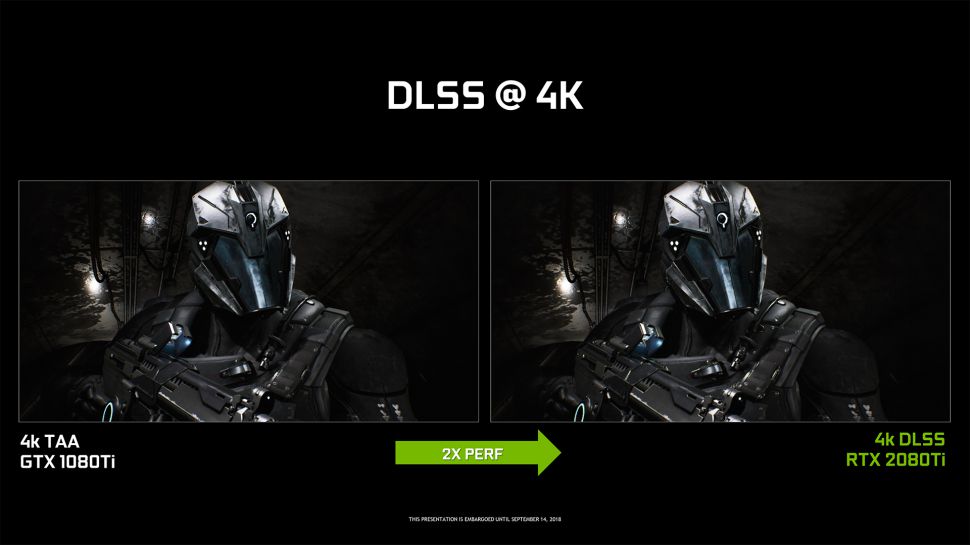
Not only do Tensor Cores do an excellent job of anti-aliasing, they also impress with increased resolution as well as super-sampling.
In fact, Nvidia is introducing a new version of a graphics solution known as Deep Learning Super Sampling. Nvidia calls this a breakthrough in high-quality motion picture generation, while super-samples and anti-aliases work at the same time.
At the first RTX event, we saw an Epic Infiltrator demo in which the DLSS 2X version running on an Nvidia RTX 2080 Ti was able to match the 64x super-sampling with the temporal anti-aliasing generated by the Nvidia GTX 1080.
And it’s not exactly a fair fight, the Nvidia GTX 1080 Ti could have been better, but the result is impressive. A 64x sample duplicates a pixel 64 times and shifts them slightly to get a better image.
Meanwhile, Nvidia tells us that DLSS 2X can produce sharper images than TAA, which we can confirm from our demo experience.
6 | THE WHOLE KIT

Up to this point, we’ve discussed different parts of the Turing architecture, but here it will appear in all its glory.
The Turing architecture, or more specifically the TU102 version, includes 18.6 billion transistors, a significant increase from the 15 billion transistors found in Pascal.
In part, this decision is dictated by the transition from 16nm Pascal process technology to 12nm process technology in Turing, but this strengthening is also dictated by the Tensor and RT cores.
Speaking of which, the TU102 architecture has 72 RT cores and 576 Tensor cores, but this number is not the same on all Turing graphics cards. For example, Nvidia has detailed that the RTX 2080 Ti will only contain 68 RT cores.
7 | NEW TRICKS

The new architecture also includes many advanced features, including support for 8K 60FPS HDR displays. Moreover, HDR on Nvidia graphics cards is now native, whereas Pascal graphics cards had to turn on processing, causing a noticeable drop in performance.
In terms of connectivity to the aforementioned 8K 60FPS HDR displays, users will find the traditional three DisplayPorts on most cards and a new USB-C port. This is a USB-C 3.1 Gen 2 port that supports UHD video and is also capable of delivering 27W of power, which comes in handy for powering VR headsets over a single cable.
The old high-bandwidth bridge, previously used to connect multiple Nvidia graphics cards in SLI mode, has also gone into oblivion. Instead, you’ll find a new NVLink connector that supports 50 dedicated bandwidth per graphics card. The Nvidia RTX 2080 Ti can provide double the bandwidth (100GB total) as it has two NVLink connectors.
Unfortunately, it seems that the maximum number of DLI graphics cards will remain limited to two. GeForce RTX NVLink Bridges from Nvidia will start at $ 79.
8 | ACCELERATION BECOMES EASIER

Overclocking a graphics card has always been a slightly friendlier process than overclocking a processor, but now Nvidia makes overclocking even easier with the new NV Scanner API.
NVIDIA Scanner is an automated process, and instead of users going to their GPU to increase clock speeds and test overclocking results, stepping through the errors of a time-consuming process. The new solution can handle the very thin microvoltage curve of the graphics card to maximize output performance.
At the same time, the interface performs a math test (consisting of a test algorithm and an Nvidia workload) to look for overclocking errors.
Nvidia is working with partners to implement APIs into popular overclocking applications such as EVGA Precision X1 and MSI Afterburner.
9 | A NEW VERSION FOUNDER’ОВ
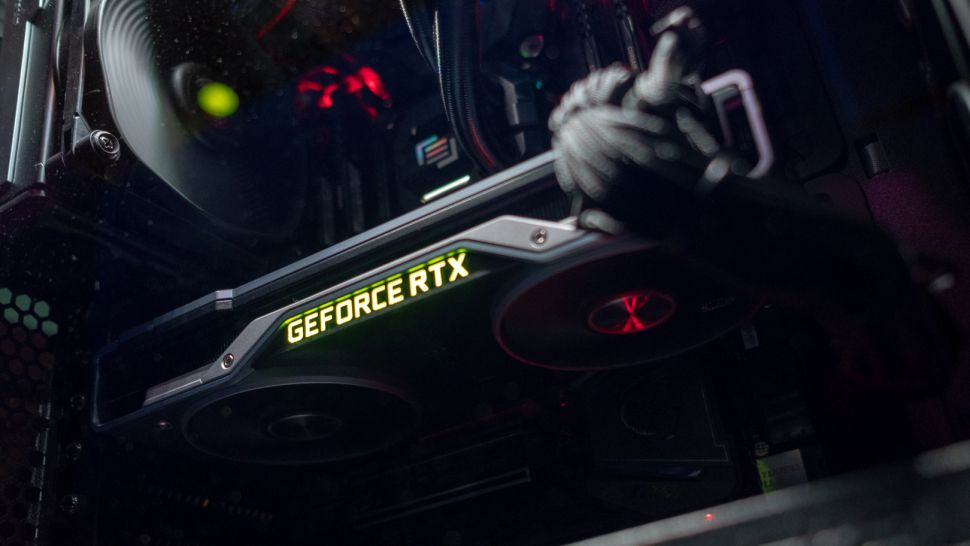
The Founders Edition of Pascal graphics cards were one step away from Nvidia’s traditional reference graphics cards, and now the company’s more powerful RTX graphics cards have gone one step further.
We can’t help but mention that Nvidia offers dual axial fans; this is not only the first time that Nvidia has moved away from the old cooling systems, now it has become competitive against the background of the company’s partners (ASUS, Gigabyte, etc.).
However, Nvidia expects the new Founder Edition graphics cards to be much quieter with dual fans. According to the company, the RTX 2080 will be five times quieter when overclocked, at just 29 dBa, compared to the GTX 1080, which reaches 36 dB in the same conditions.
The RTX 2080 Ti will also be the first Founcder Edition to be factory-overclocked to 90MHz, with Nvidia going to advertise an extra 60W to overclock the RTX 2080 Founder Edition.
That’s all we can tell you about the Nivida GeForce RTX 2080 Ti and RTX 2080, but be sure to stay tuned to HowTablet as reviews for both cards arrive next week.





